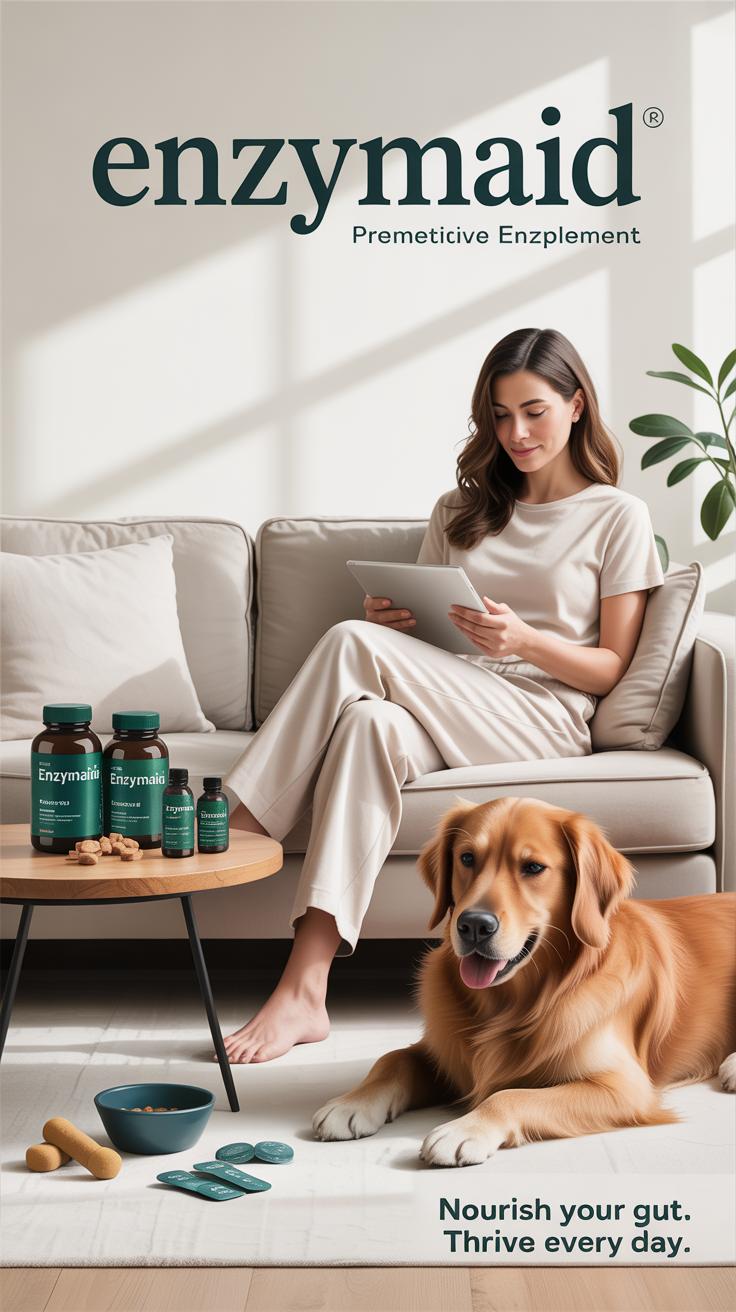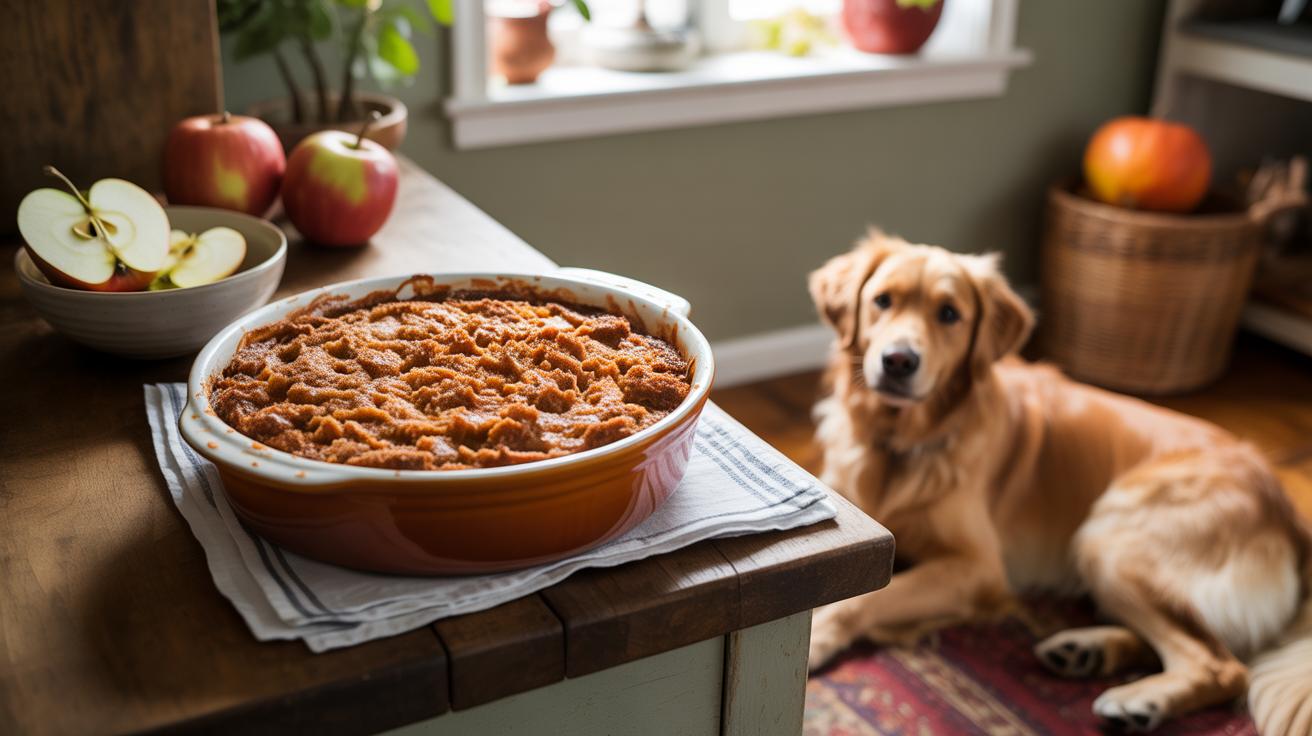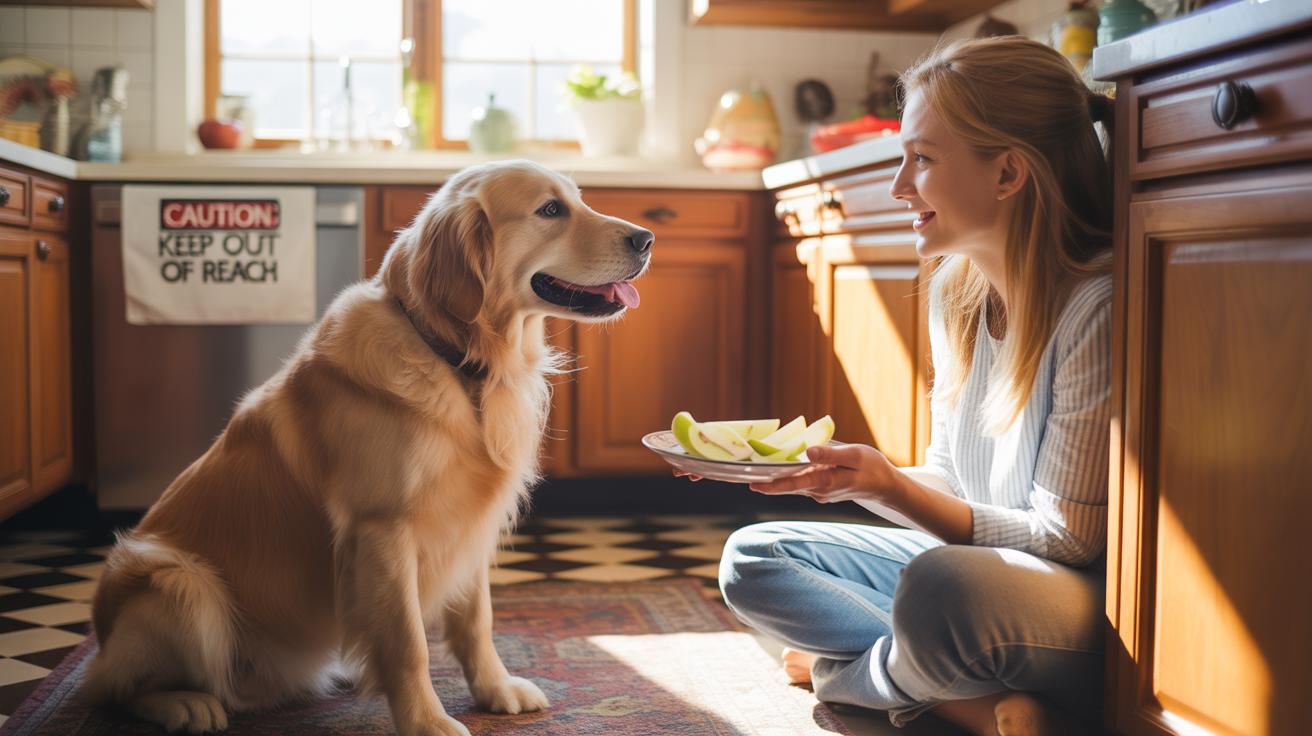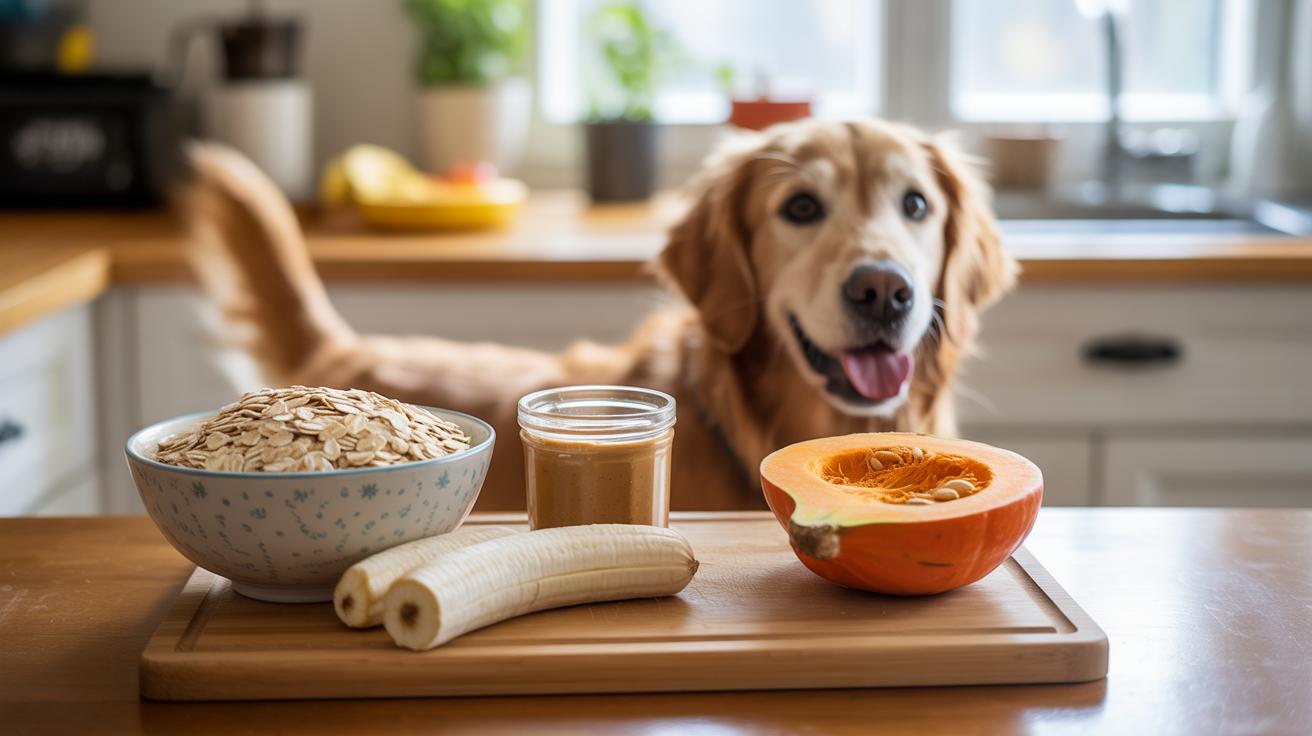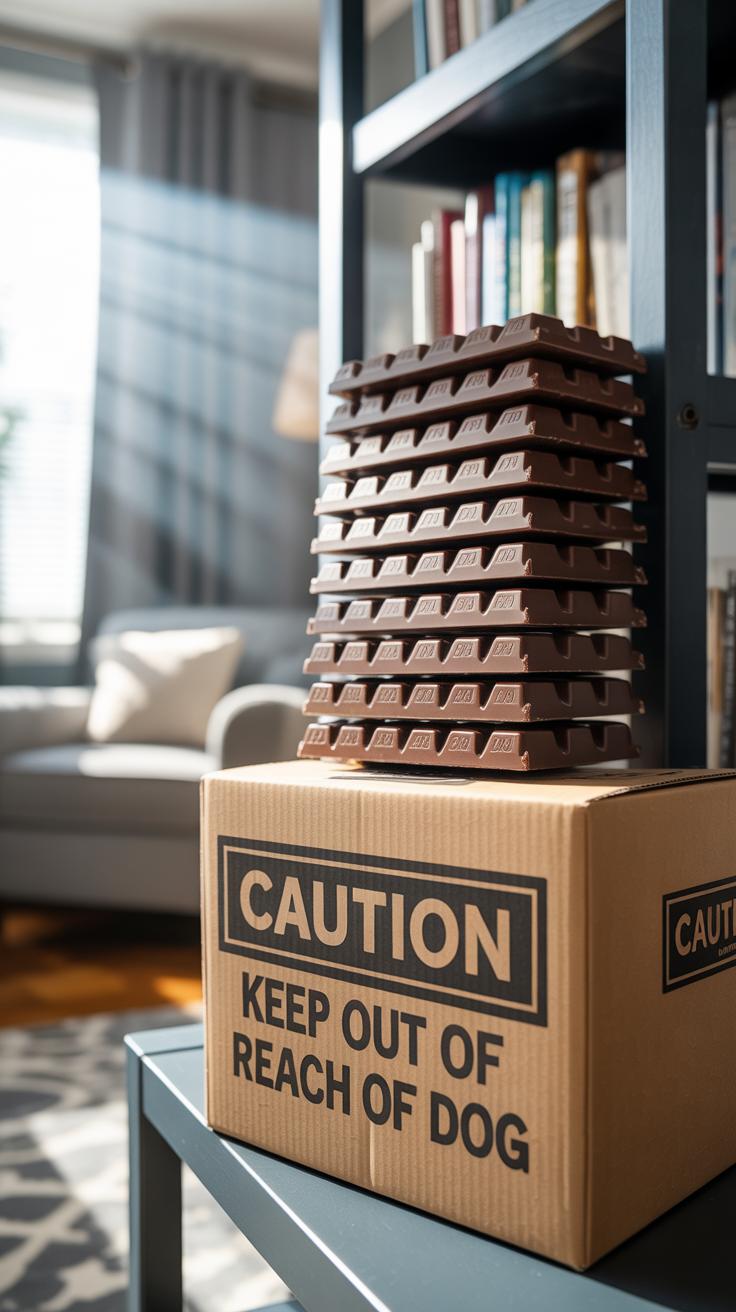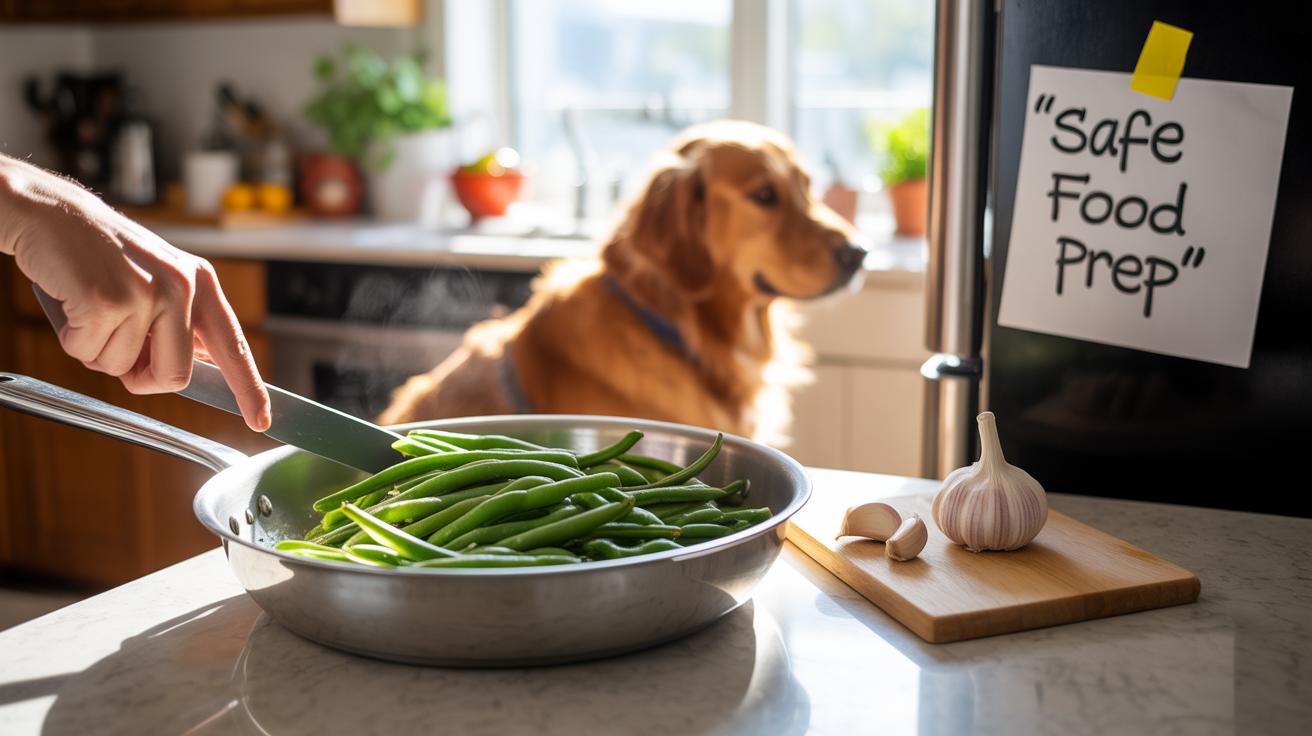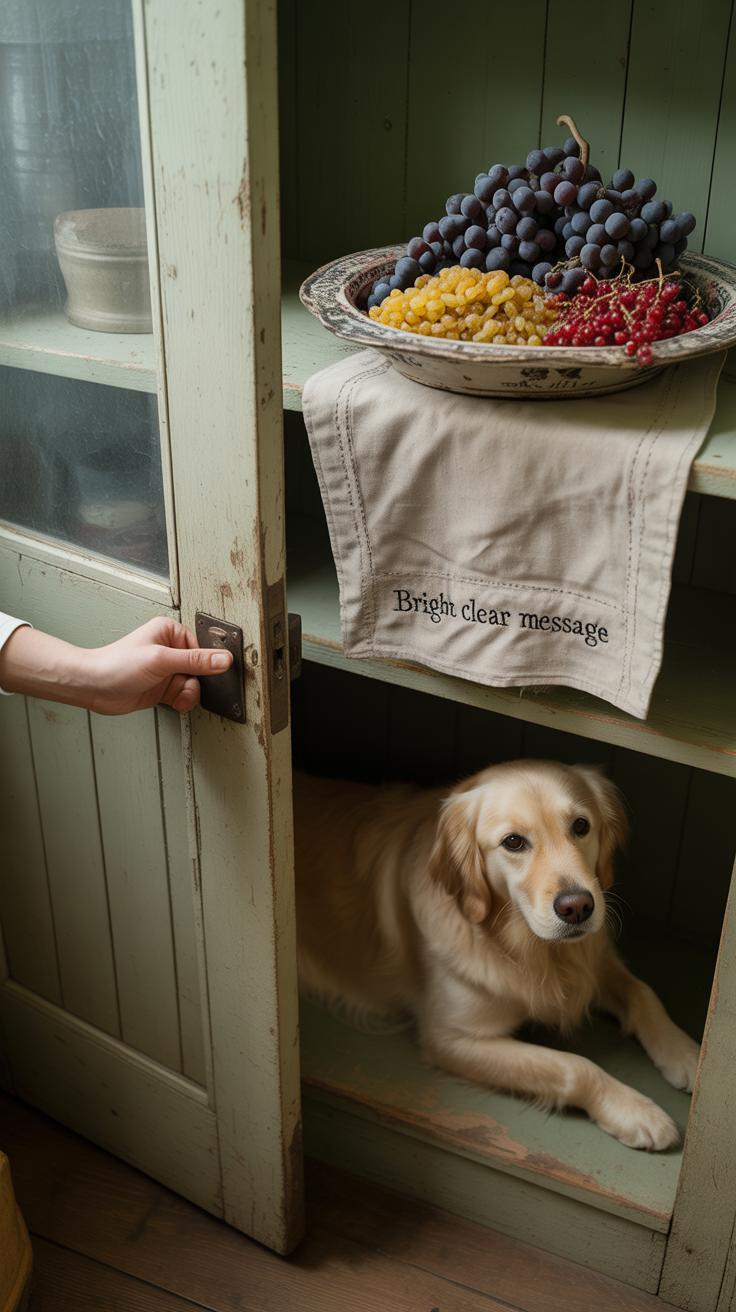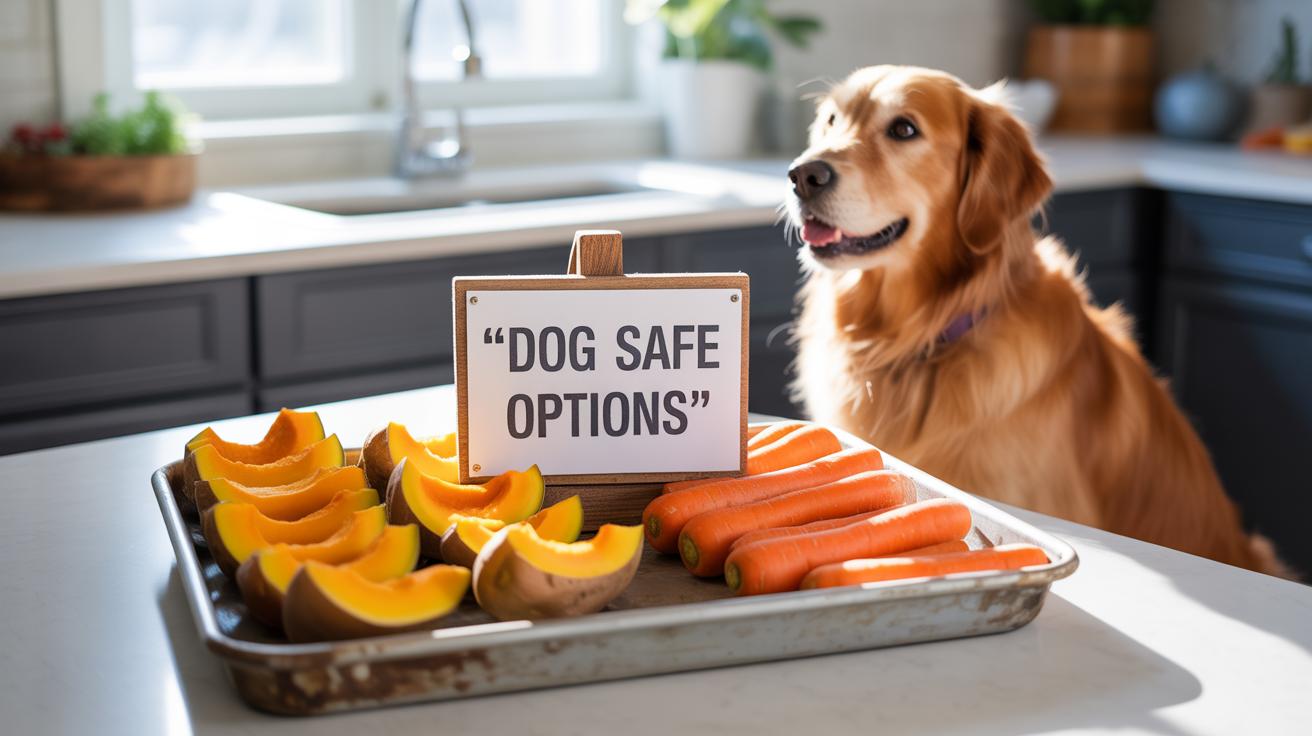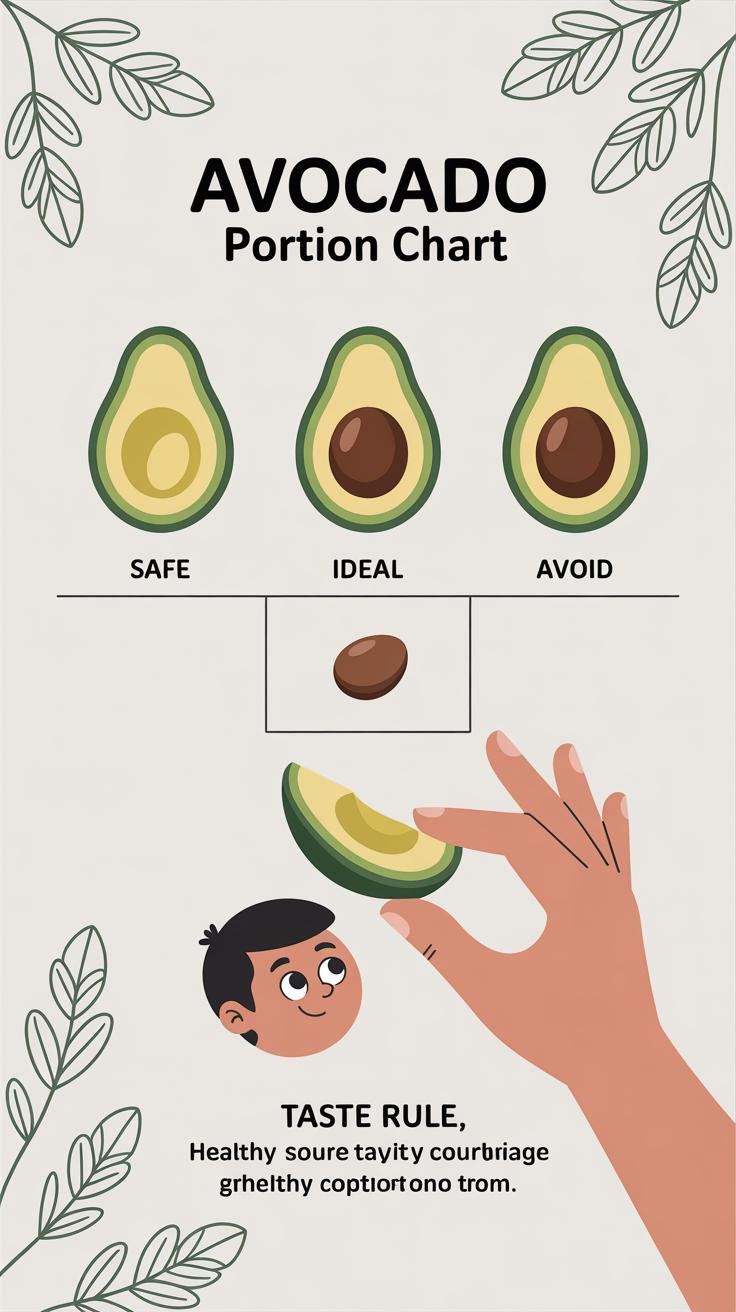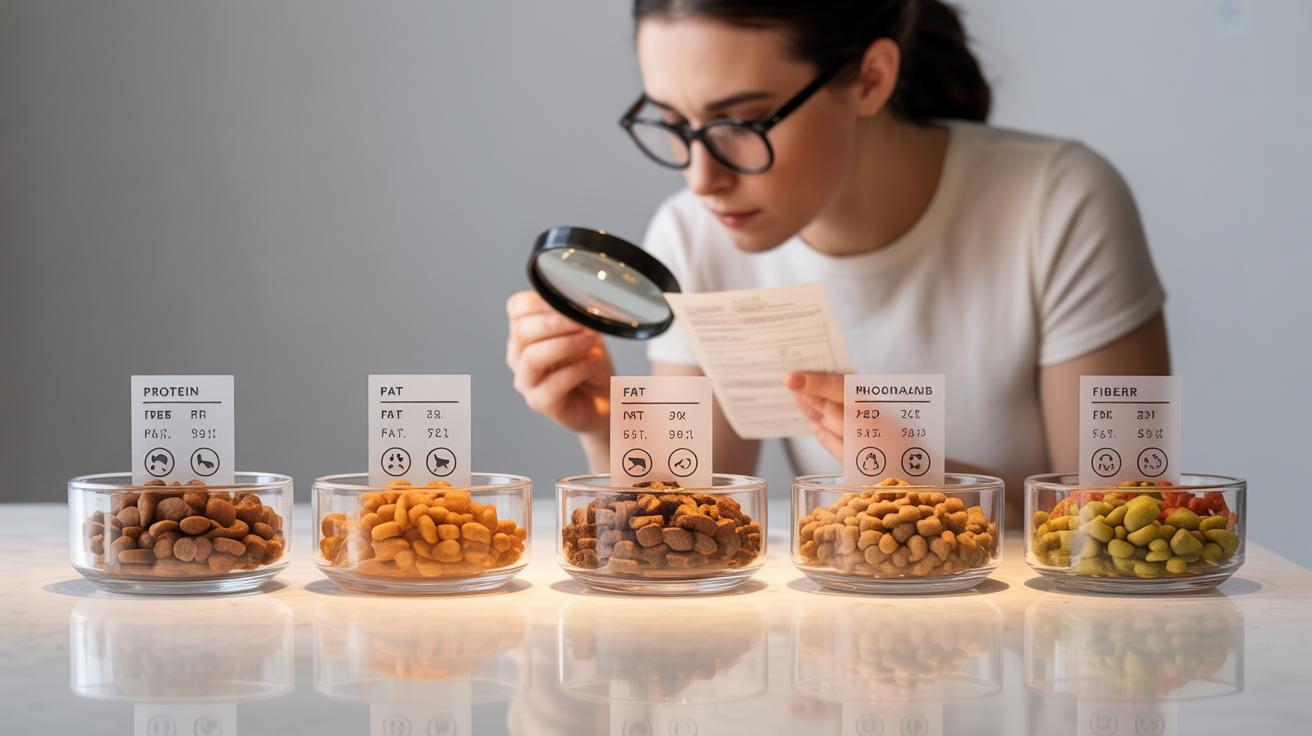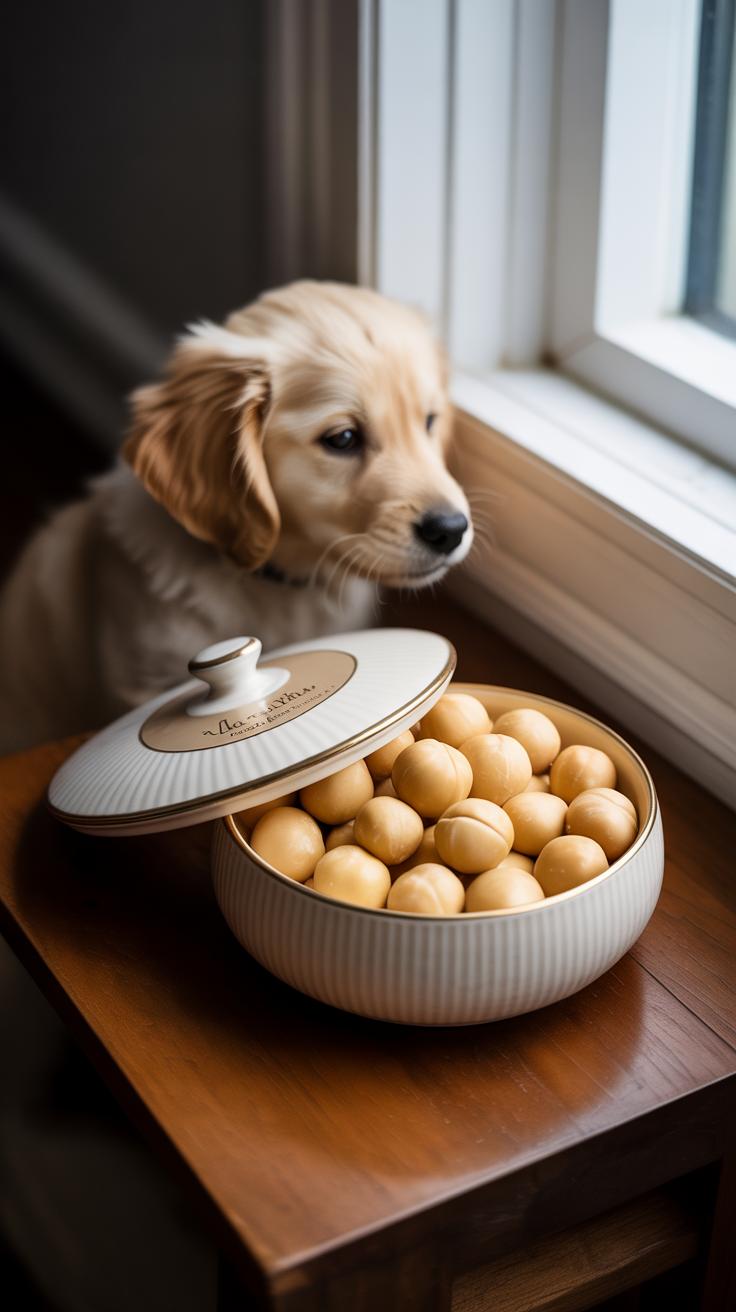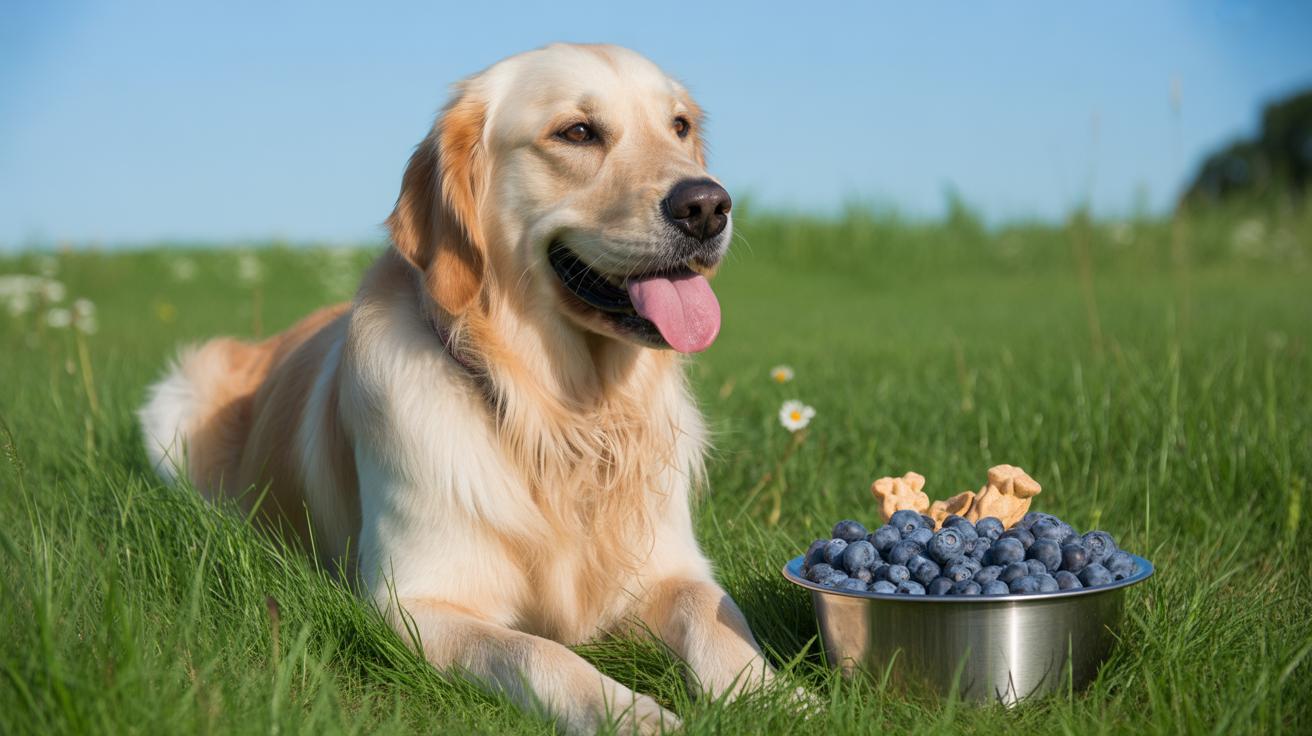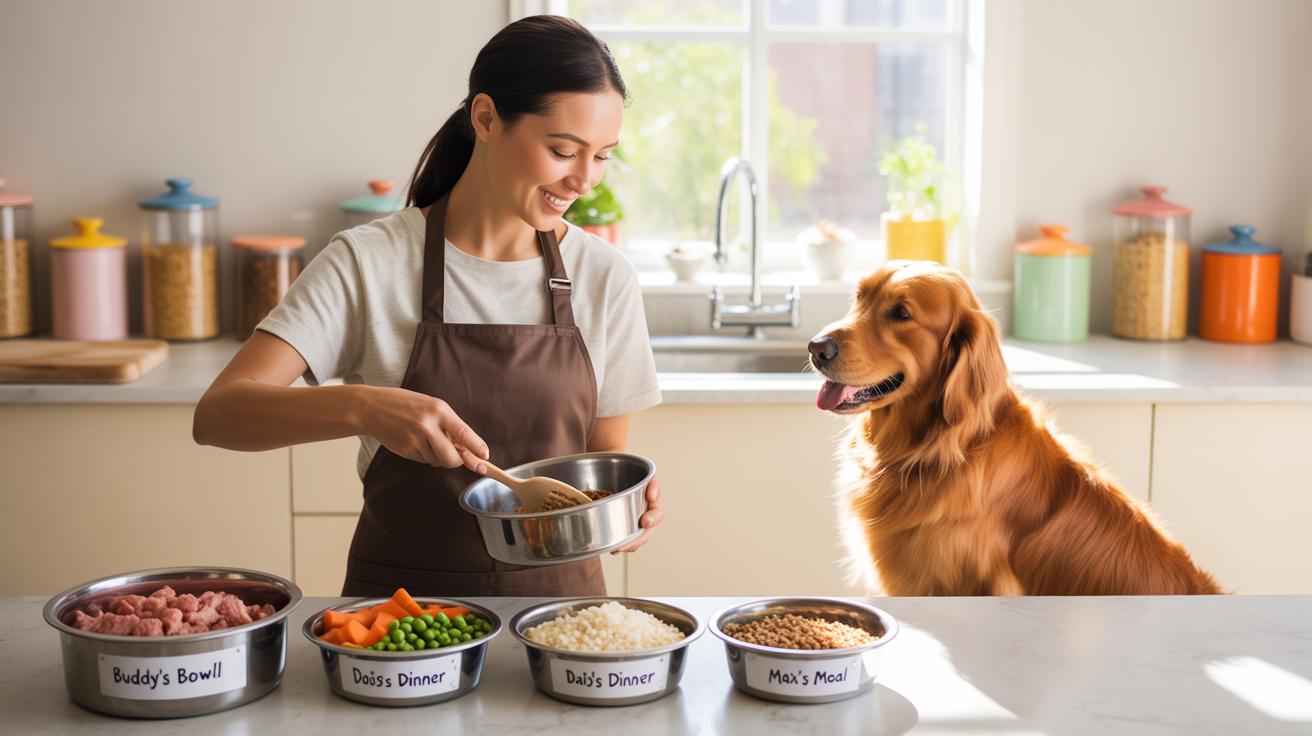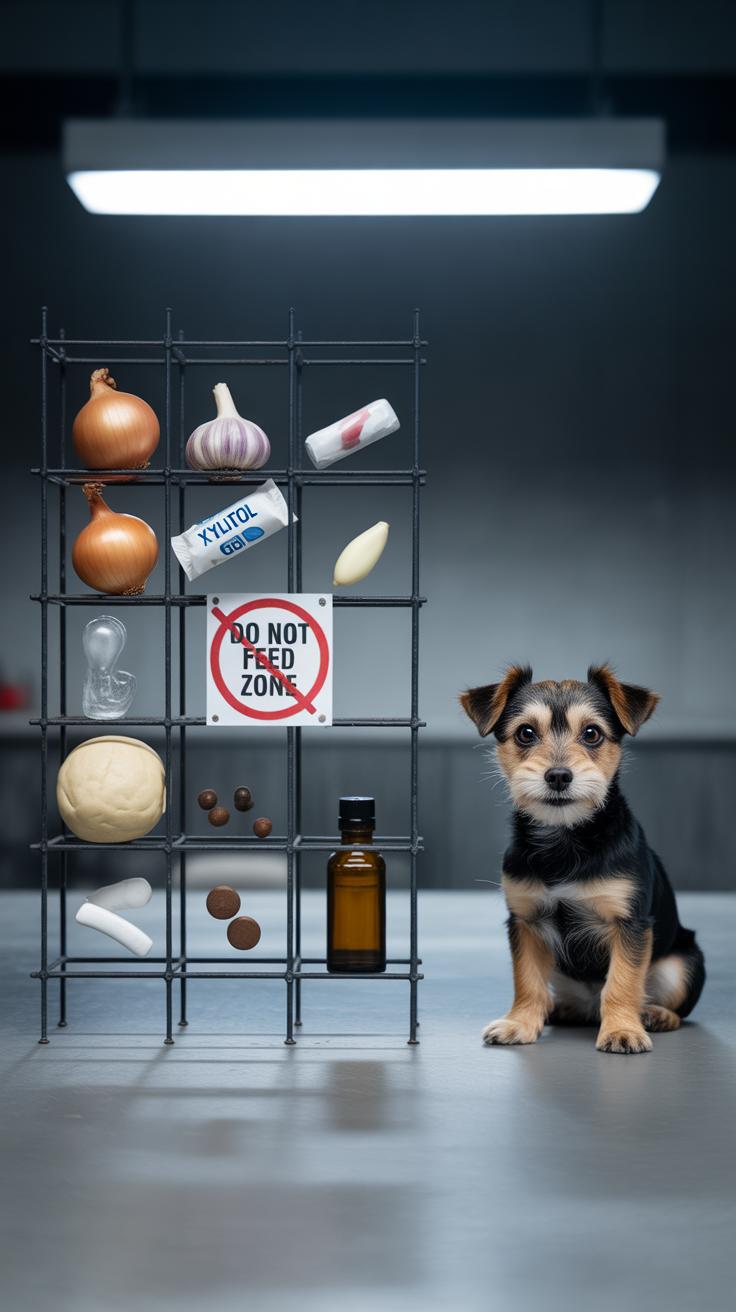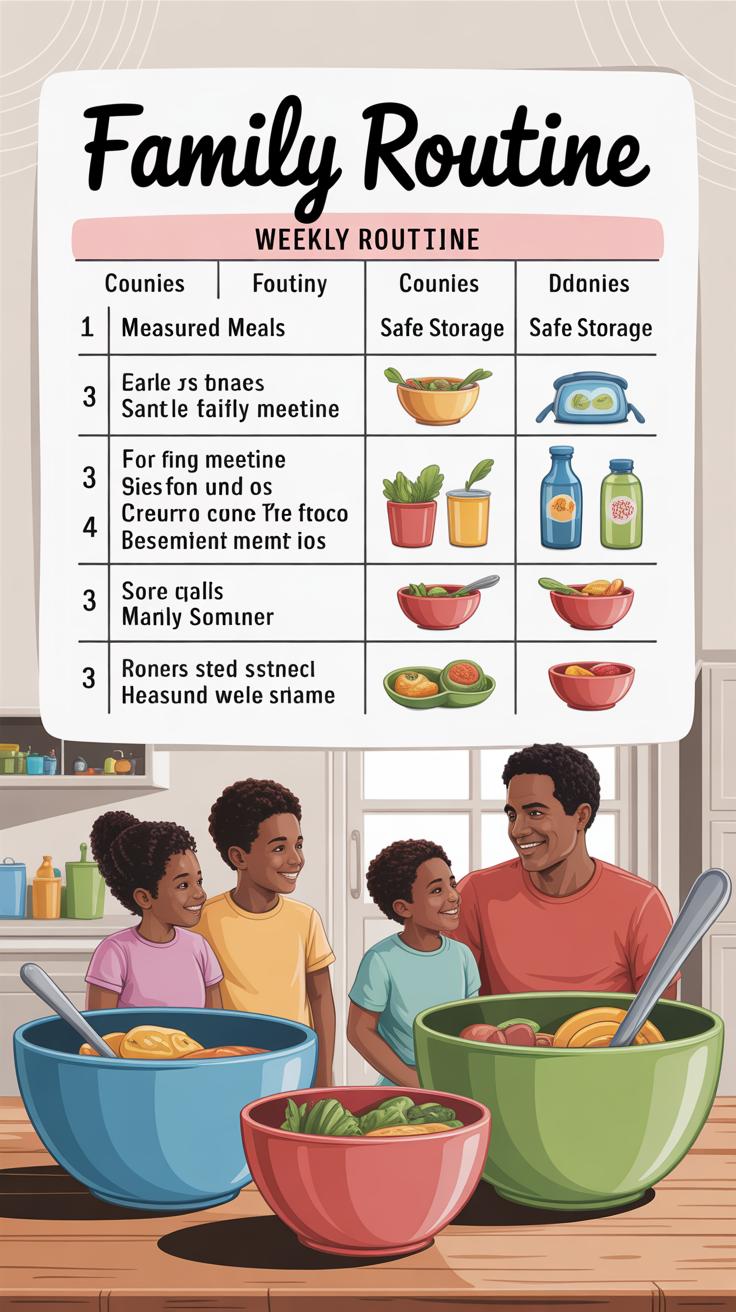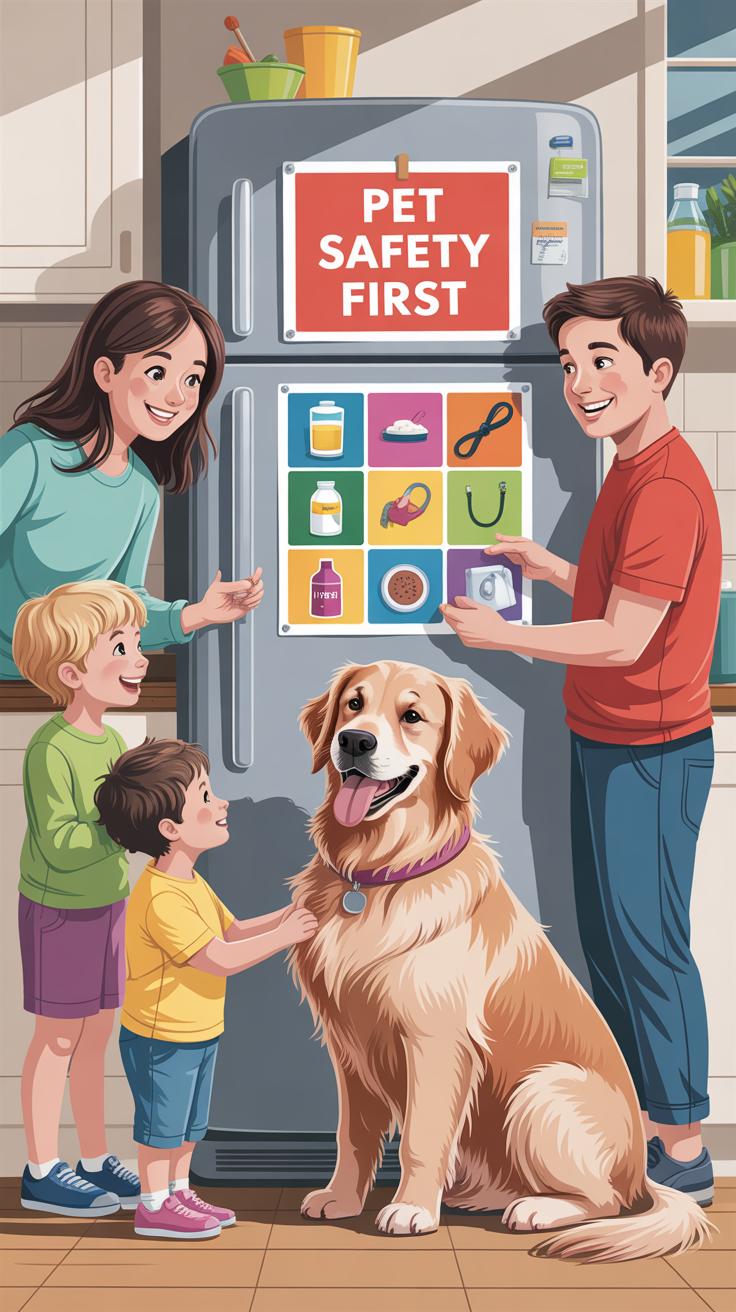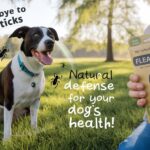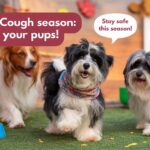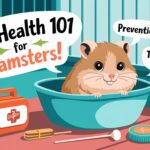Introduction
Feeding your dog seems easy, but some foods that are safe for humans can be harmful or even deadly to dogs. Knowing which foods to avoid is very important to keep your furry friend healthy and happy. This article explores the topic Bad Food For Dogs Top Items To Avoid, helping you learn what foods should never be given to dogs.
We will cover ten important chapters that explain the dangers of toxic foods, symptoms to watch for, and practical tips on how to keep your dog safe. You will get clear, simple advice to protect your pet every day.
Why Some Human Foods Are Dangerous for Dogs
Dogs and humans digest food in very different ways. What might be a harmless snack for you could seriously harm your dog. Their bodies process chemicals and nutrients differently, which sometimes means that substances safe to us become toxic to them.
One key difference lies in how a dog’s liver breaks down compounds. Some foods contain chemicals their livers just can’t handle efficiently. This leads to substances accumulating to dangerous levels, damaging organs or causing severe reactions.
Take grapes or onions, for example. Humans can enjoy these without trouble, but dogs may suffer kidney failure or blood disorders after eating just a small amount. The cause isn’t entirely clear but likely involves toxins that disrupt vital cells or enzymes.
It’s tricky because dogs don’t show immediate symptoms always. Sometimes they seem fine at first but develop problems hours or days later. That delay can make it hard to connect the dots to the food they ate.
Keeping a close eye on what your dog consumes is wise. Asking yourself if the item contains ingredients that could harm their organs or metabolism can help avoid trouble that might otherwise sneak up on you—and your pet.
The Role of Metabolism in Food Safety
Metabolism isn’t just about burning calories. It’s about how the body transforms food molecules. Dogs process many foods slower or differently, which means some ingredients stay in their system longer or turn into harmful byproducts.
For instance, the enzyme systems that detoxify chemicals differ between dogs and people. This makes them less equipped to handle some toxins. A substance harmless to you could build up to toxic levels in your dog.
Consider alcohol or caffeine. Humans metabolize these fairly well in small amounts, but in dogs, even tiny doses can become dangerous. Their slower processing means toxins have more time to attack internal organs.
Simple examples illustrate this well: a bit of garlic, which might taste okay to us, can cause anemia in dogs by damaging their red blood cells over time. Or the sugar substitute xylitol—safe for humans but triggering rapid insulin release and dangerous low blood sugar in dogs.
Understanding these differences can change how you think about sharing food with your pet. What seems harmless at first glance might be quietly harming them behind the scenes.
Common Chemicals Toxic to Dogs
Certain chemicals in everyday foods are surprisingly harmful to dogs. You might not realize it, but some substances affect your dog’s organs or nervous system in serious ways.
- Theobromine: Found mainly in chocolate, it increases heart rate and nervous system activity in dogs, often causing vomiting, seizures, or even death if ingested in enough quantity.
- Persin: Present in avocados, persin can cause vomiting and diarrhea, and in some cases fluid buildup around the heart or lungs, which is quite dangerous.
- Oxalates: Found in foods like spinach and rhubarb, these can lead to kidney damage by forming crystals that irritate or block the kidneys.
- Xylitol: A sweetener in many sugar-free gums and snacks; causes a rapid drop in blood sugar and liver failure in dogs.
It’s not just about the obvious toxicants like chocolate or grapes. Even common additives and natural plant chemicals pose risks. Your dog’s safety depends on steering clear of these, often overlooked, hazards.
Chocolate and Why Its Dangerous for Dogs
Chocolate contains two compounds that dogs can’t process well: theobromine and caffeine. These are stimulants affecting the nervous system and heart. Dogs metabolize them much slower than humans, so even small amounts can build up to dangerous levels. Dark chocolate and baking chocolate have the highest concentrations of theobromine, making them especially risky. Milk chocolate has less, but it’s still unsafe if your dog eats enough. White chocolate contains negligible amounts, but it’s not a treat either since it’s mostly fat and sugar, which might upset your dog’s stomach.
Why does this matter so much? Theobromine is chemically similar to caffeine. They both increase heart rate and nervous activity. Dogs can become restless, anxious, or show muscle tremors after eating chocolate. The darker the chocolate, the worse the effects tend to be—something worth keeping in mind if you ever find your dog near your snack stash.
What Happens When Dogs Eat Chocolate
Signs a dog has ingested chocolate can appear quickly or take several hours to develop. You might notice vomiting or diarrhea pretty soon after. Some dogs show an increased thirst or urination frequency. More alarmingly, you might see symptoms like:
- Rapid or irregular heartbeat
- Tremors or muscle spasms
- Seizures
- Excessive panting or restlessness
In severe cases, these effects could lead to coma or even death without treatment. It can be a scary situation, and sometimes symptoms seem to come on like a sudden storm. If you ever suspect your dog has eaten chocolate, contacting a vet immediately can save their life.
Safer Alternatives to Chocolate Treats
If you want to treat your dog to something chocolate-like but safe, carob is an interesting option. It looks and tastes somewhat similar to chocolate but doesn’t contain the harmful alkaloids found in cocoa. Dog treats made from carob are widely available, and many dogs seem to enjoy them quite well.
Other alternatives include pumpkin-flavored biscuits, peanut butter treats (just avoid xylitol), or simply fruits like apple slices or blueberries. These options avoid the risks chocolate brings while still making your pup feel special. Have you ever tried carob treats? They might be a surprise hit for your furry friend.
The Risks of Grapes Raisins and Currants
Grapes, raisins, and currants might seem harmless—a common snack for people—but for dogs, they can be dangerously toxic. Strange as it sounds, scientists still aren’t sure exactly which substance in these fruits causes the problem. What is clearer, though, is their link to acute kidney failure in dogs after ingestion. Just a few grapes or raisins can trigger severe kidney damage in some dogs, which sometimes leads to life-threatening complications.
This unpredictability makes these fruits especially risky. Some dogs might eat a small amount and be fine, while others get very sick from even less. It’s puzzling, and that uncertainty means the safest approach is total avoidance.
Symptoms of Grapes or Raisins Poisoning
You’ll want to watch closely if your dog gets into any grapes, raisins, or currants. Early signs often include:
- Vomiting within a few hours after eating
- Unusual lethargy or weakness
- Loss of appetite
- Diarrhea or abdominal pain
These symptoms might seem vague, but what follows can be serious—reduced or no urine output, indicating kidney failure. The kidneys can stop working fast, and signs of distress can escalate quickly. Catching this early is critical, yet tricky since symptoms don’t always show immediately.
How to Prevent Accidental Ingestion
Keeping these fruits away from your dog is straightforward but requires some effort. Here are a few practical steps:
- Store grapes and raisins well out of reach—in sealed containers or high shelves
- Be cautious during baking or cooking around your dog; crumbs and spills happen
- Educate everyone in the household—and guests—about the risks
- Watch for any unattended food on counters or tables where dogs can jump up
It might feel excessive to worry about such seemingly small fruits, but the stakes are high. Sometimes even a little slip can lead to a vet emergency. You might think, “My dog won’t touch that,” but it’s better to be safe. Prevention here means vigilance more than anything else.
Avocado and Its Effects on Dogs
Avocados might look harmless, even healthy, but for dogs, they can be tricky. The main culprit is a substance called persin, which is present in various parts of the avocado—the skin, leaves, and the flesh contain it, though the highest concentration is usually in the leaves and pit. It’s worth wondering how much your dog needs to eat for it to be dangerous. The truth is, even small amounts might upset their stomach, especially if they’re small or sensitive.
Persin isn’t something dogs handle well. It can cause vomiting, diarrhea, and sometimes more serious issues like difficulty breathing or fluid buildup. Then there’s the fat content—avocados are high in fat, and too much fat can trigger pancreatitis, a painful inflammation of the pancreas. I’ve seen dogs get sick just from sniffing too close to a guacamole bowl, so imagine what a bigger bite could do.
Understanding Persin Toxicity
Persin is a fungicidal toxin found naturally in avocados. It’s a defense chemical for the plant, and while some animals tolerate it okay, dogs, sadly, don’t seem to. The pit and skin have higher levels, but even the fleshy part isn’t completely safe. Experts aren’t exactly sure how much persin causes harm since it varies with each dog’s size and sensitivity. But generally, it’s best to avoid giving them any avocado at all to skip the risk.
Signs of Avocado Poisoning
Keep an eye out if your dog’s managed to sneak some avocado. Early signs include:
- Vomiting and diarrhea
- Drooling or excessive salivation
- Stomach pain and discomfort
- Rapid breathing or difficulty breathing in severe cases
- Irregular heart rate or rhythm (less common, but serious)
If you notice any of these, it’s better to call your vet right away. Sometimes the reaction isn’t immediate, which makes it harder to connect the dots—but better safe than sorry. Avocado isn’t the worst thing your dog could eat, but it’s not something to take lightly either.
Why Macadamia Nuts Are on the Avoid List
Macadamia nuts can be quite dangerous for dogs, even in small doses. You might think a few nuts won’t cause much harm, but that’s not really the case here. When dogs eat macadamia nuts, they can quickly develop symptoms like weakness, making walking or standing difficult. Some dogs even show noticeable tremors or shaking soon after ingestion.
The exact cause of the toxicity isn’t fully understood, but what’s clear is that these nuts affect the nervous system. It can be surprising—one tiny handful might lead to a dog becoming lethargic or unable to move properly. Sometimes, you see signs like vomiting and hyperthermia, which adds to the concern. Even if your dog appears fine at first, issues might develop hours later, so taking any ingestion seriously is wise.
Symptoms After Eating Macadamia Nuts
When your dog eats macadamia nuts, what happens next is often a bit alarming. Weakness in the rear legs is common, and they might struggle with coordination. Tremors often follow, sometimes subtle, sometimes quite visible.
Other signs to watch for include:
– Reluctance to move or jump
– Muscle stiffness
– Panting or increased body temperature
– Vomiting or diarrhea, though less consistently
Dogs usually recover within 24 to 48 hours, but the symptoms can be distressing while they last. If your dog shows these signs, a quick call to the vet is definitely a good idea. Waiting may only prolong discomfort or worsen the symptoms.
How to Keep Dogs Away from Nuts
Stopping any exposure to macadamia nuts means careful storage and vigilance. Nuts should always stay out of reach—high cabinets or locked containers work better than just a sealed bag on a low shelf.
You might think putting nuts on the kitchen table or an open counter is fine, but dogs can be surprisingly quick and clever at snatching snacks. Even when guests bring nuts into the house, it’s smart to remind them to keep them hidden.
When outdoors, fallen nuts under trees can be accidental traps. Cleaning up shells and fallen nuts promptly can help.
One simple measure? Always double-check where your dog can reach, especially if you have a curious or food-driven pet. Sometimes it’s the small actions that make the biggest difference in keeping your dog safe from harmful foods.
Other Common Harmful Foods to Avoid
Why Onions and Garlic Hurt Dogs
Onions and garlic might seem harmless in small amounts, but for dogs, they pose a real threat. These foods contain compounds called thiosulfates, which damage red blood cells. When a dog ingests onions or garlic, their red blood cells break down faster than they can be replaced, leading to a kind of anemia that can get serious. You might notice your dog feeling weaker or looking pale, which is their body struggling to deliver enough oxygen. It’s not just eating chunks of onion—powders and cooked forms can be just as dangerous, so standard kitchen leftovers often aren’t safe. Sometimes people accidentally slip these foods into dog treats, thinking they’re safe, and that’s a mistake you definitely want to avoid.
The Danger of Alcohol and Caffeine
Alcohol and caffeine affect dogs differently than humans, and not in a good way. Even tiny amounts of alcohol can quickly overwhelm a dog’s system, causing vomiting, disorientation, or worse—respiratory failure in severe cases. Caffeine, on the other hand, is a stimulant that can trigger restlessness, rapid heart rate, and seizures. It’s surprising how common it is for dogs to get into coffee grounds or energy drinks. Sometimes the symptoms you’ll see are subtle at first, like pacing or trembling, which might seem harmless but should be taken seriously. If your dog swallows something with alcohol or caffeine, acting quickly might make all the difference.
Recognizing Symptoms of Food Poisoning in Dogs
Food poisoning in dogs doesn’t always announce itself clearly. Sometimes the first signs are subtle, and you might overlook them until things escalate. Vomiting and diarrhea are often the most obvious signals. If your dog suddenly throws up or has watery stools, it could be their body trying to get rid of toxins. Blood in the stool is a more serious sign—something definitely isn’t right.
But not all symptoms are digestive. Watch for changes in behavior too. Lethargy—when your usually energetic dog suddenly seems tired or uninterested in walks—is a red flag. Restlessness might show up as pacing or whining, which can mean your dog is uncomfortable or in pain. Seizures are scarier—when your dog convulses or loses control—it’s a sign that poisoning has affected their nervous system.
These symptoms don’t always appear all at once. Sometimes you’ll see just one or two, and later notice others. Do you pause and wonder if it’s serious enough to call the vet? Probably yes. Trust your instincts—when symptoms don’t improve or worsen, getting professional help quickly can make a big difference.
What to Do If Your Dog Eats Something Bad
If you catch your dog eating something harmful, the first thing you should do is try to safely remove whatever’s left. Don’t wait around hoping it passes without trouble—quick action can make a difference. If it’s something solid this might mean gently taking it away or distracting your dog to prevent more nibbling. Liquid or toxic substances are trickier, so avoid making your dog vomit unless your vet advises it. That step can sometimes do more harm than good.
Next, calling your vet should be at the top of your mind. Even if your dog seems okay, the vet can guide you on what to watch for and whether an immediate visit is needed. Keep notes about what and how much your dog consumed—details like that can really help.
While waiting for professional advice, monitor your pet closely. Check for changes in behavior, breathing, and mobility. Small changes sometimes turn out bigger than you’d expect. If you notice any signs like persistent vomiting, weakness, or seizures, don’t hesitate to take your dog straight to the vet.
Knowing when to drive to the clinic can be tough. If your dog ate something clearly toxic—like chocolate or certain plants—or shows serious symptoms like difficulty breathing, timing is critical. Don’t waste time guessing. Acting faster rather than slower can save your dog’s life.
Safe Feeding Practices to Protect Your Dog
Feeding your dog safely takes more than just filling their bowl. The routine you build matters—and it can save your dog from some serious trouble. Try to stick to consistent meal times and avoid sudden changes in diet. Dogs’ digestive systems aren’t great with surprises.
When picking dog food, always check the label carefully. Look for clear ingredient lists and avoid products with vague terms like “meat by-products” or too many fillers. You might think a popular brand has everything your dog needs, but sometimes they include additives that could cause sensitivities or worse.
It’s tempting to share scraps from your plate, but that’s risky. Even small amounts of certain human foods may do harm over time. Instead, choose healthy treats designed specifically for dogs. Options like carrot sticks, small pieces of apple (without seeds), or specially made dental chews work well.
- Offer meals on a regular schedule to keep digestion steady.
- Always read ingredient labels to know exactly what goes in your dog’s bowl.
- Avoid tossing table leftovers—foods like onions or garlic might seem harmless but can cause long-term issues.
- Opt for vet-recommended treats to reward your dog safely.
Keeping your dog’s feeding habits straightforward can feel restrictive sometimes. Yet, it’s a trade-off between convenience and their health. Over time, you might see they’re happier and less prone to stomach problems or allergies.
Educating Family and Friends About Dog Food Safety
Everyone living with your dog should understand which foods are off-limits. It’s not just about your vigilance; it’s about creating a network of awareness around your pet. Maybe you’ve seen how one family member casually offers a bite of chocolate or table scraps, thinking it’s harmless. That moment can cause real trouble—sometimes instantly, sometimes over time. Imagine the confusion when someone else, unaware of the risk, slips your dog a piece of onion or grapes.
When sharing rules at home, keep things clear and simple. Try phrases like “No human food without checking first” or even setting a special spot for dog treats only. Reminders on the fridge or a list on the cupboard door can help, especially when routines get hectic. People tend to forget when they’re distracted, so gentle nudges work better than strict warnings.
Guests often want to interact by sharing food, which seems friendly but can be risky. Before visitors arrive, a quick heads-up can save you stress later. You might say, “Please don’t feed anything to my dog,” or explain briefly why. Sometimes, people don’t realize that something as “tiny” as a raisin can cause harm. The key is to mention it early, casually yet clearly, so no one feels singled out but understands the importance.
Have you ever wondered if your dog’s health might hinge on small conversations like these? The truth is, a little bit of education goes a long way in keeping your dog safe, even if it sometimes feels awkward. The goal isn’t to police every bite but to build a shared sense of responsibility.
Conclusions
Knowing which foods are bad for dogs can save them from serious health problems. Foods like chocolate, grapes, and certain nuts can cause digestion issues, heart problems, or worse. Watching out for the symptoms of food poisoning and keeping harmful foods away is key to your dog’s well-being.
Always be careful about what your dog eats. Educate yourself and your family about these dangerous foods. Your efforts help ensure your dog leads a long, healthy life full of energy and joy. Protect your dog by avoiding these top bad foods for dogs.


